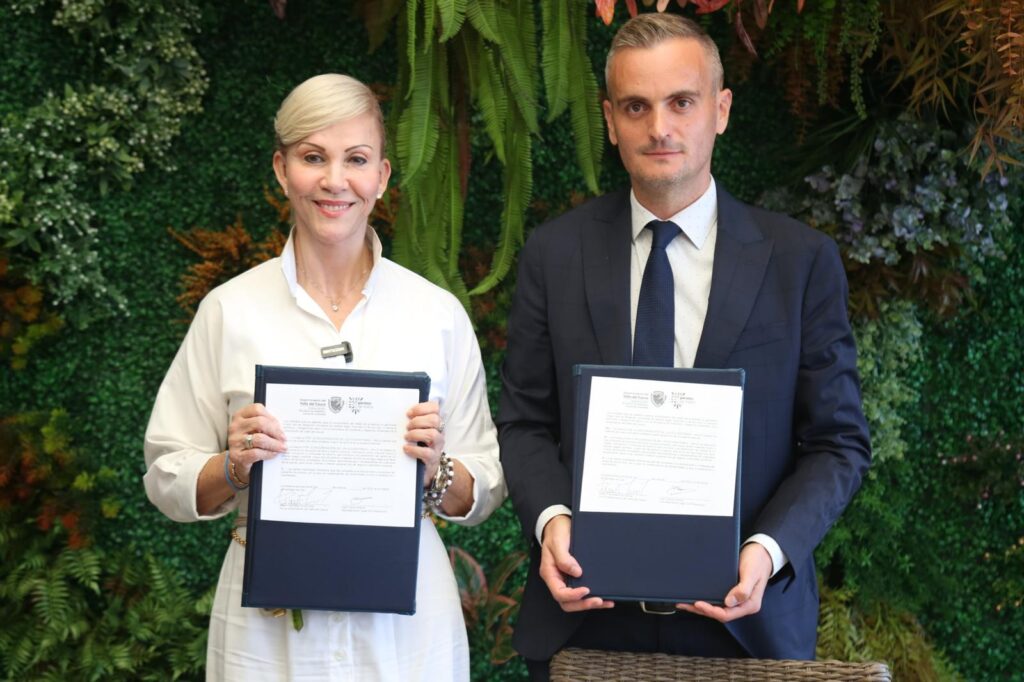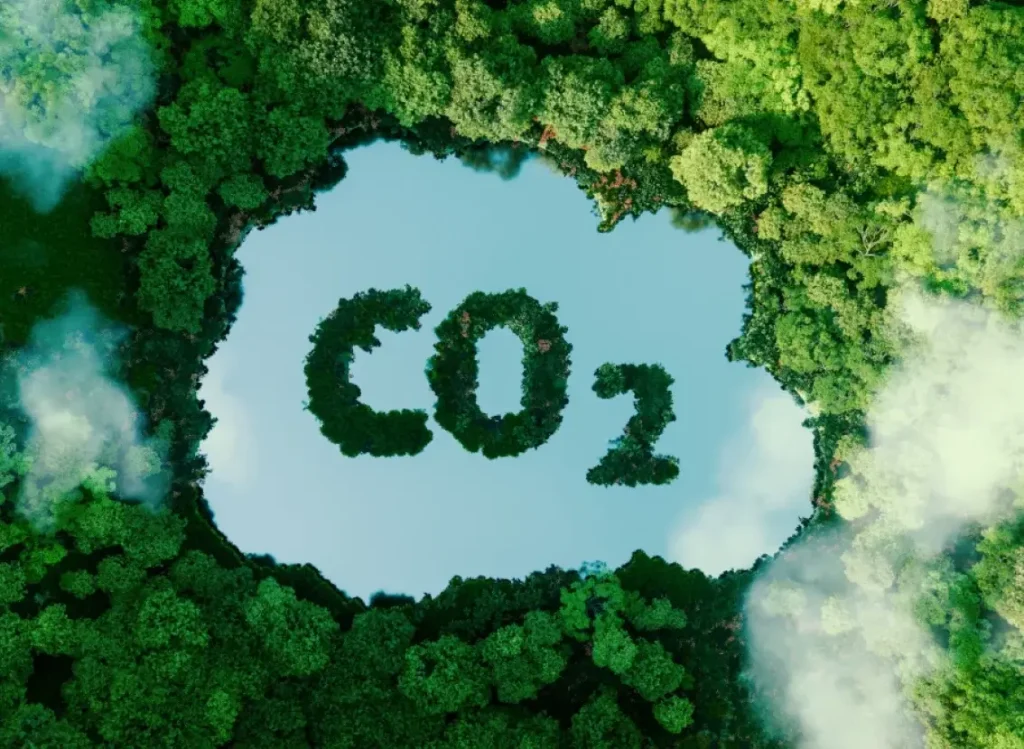Festivals are the ideal space to align leisure with sustainable development strategies that generate a positive environmental, social, and economic impact in the region where they are held. Spain has become the top festival tourism destination in Europe, becoming a strategic focus for communication and social awareness.
In this regard, music festivals and their artists play an important role as references in all phases of their organization (pre-production, production, and post-production).
Recommendations to Make a Festival More Sustainable
Millions of people attend these cultural events where a large amount of resources is consumed. According to the Music Festivals Association, mass events like festivals can emit over 25 kilograms of CO2 per attendee. Therefore, it is important for organizers and attendees to be well informed and understand the effects that this type of activity has on the environment. Here are some measures that can be implemented to manage a festival sustainably:
Transportation:
- Provide users with a shuttle service to and from the event from different locations. It also serves as a social activity to meet other attendees.
- Choose a venue that can be reached by walking, public transportation, or is close to a train station.
Digitalization:
- Send digital tickets to avoid printing on paper.
- Provide information about the festival lineup and venue map through a digital platform.
- Install cashless payment systems, avoiding plastic tokens and the need to carry cash during the event.
- Use renewable energy sources to charge electronic devices outdoors.
Sustainable Supply Chain:
- Work with local products to reduce the carbon footprint generated by their transportation.
- Collaborate with local suppliers who share and help implement sustainability objectives.
Waste Management:
- Distribute numerous recycling bins throughout the venue to properly recycle products.
- Replace single-use products with reusable or biodegradable ones.
- Activate a reward plan to motivate the public to reduce, recycle, and reuse:
- Discounts within the festival
- Sponsorship giveaways
- Investment of the deposit in a social or environmental action
- Refund system for returning containers
- Produce merchandise items with recycled material.
Best Practices
More and more individuals advocate for sustainability. Coldplay has become a major advocate driving awareness and sensitivity to climate change. In order to reduce CO2 emissions by 50% compared to their 2016-2017 tour, the group uses renewable energy, kinetic floors that charge with the audience’s jumps, rechargeable recycled batteries, local food, electric cars… But they are not alone. Billie Eilish has been awarded the first Universal Music Group X Reverb Amplifier prize for promoting an environmental movement committed to fighting climate change by involving her fans and the music industry.
These examples of leadership are also beginning to be seen at major festivals like:
Rototom Sunsplash: The first festival in Spain to obtain a CO2 emissions certificate that verifies and makes tangible its carbon footprint in order to mitigate and reverse its impact on the environment.
- Use of reusable cups that can be acquired through a previous deposit.
- Use of compostable straws, plates, and utensils made from biodegradable materials such as sugarcane, cornstarch, or wood.
- Production of compost from recycling and organic waste.
- Installation of 50 water points where bottles and reusable cups can be refilled with cold (with or without gas) microfiltered and osmotized water.
Cruïlla: They have developed a Sustainability Plan with which they aim to be the first national macrofestival with a 100% supply of energy from renewable sources.
- Use of reusable cups that can be used more than a hundred times at other festivals, foregoing the incorporation of the Cruïlla brand into the cups.
- Installation of free water fountains and offering recycled aluminum canteens for the staff.
- Ad hoc merchandise offer in the physical space, where the public can bring their own clothes to design them at the event itself.
- Study of the carbon footprint impact and an audit on waste flow.
- Awareness and emission offsetting campaigns.
- Adaptation of access routes to minimize pollution in travel.
- Collaboration with local suppliers and commitment to local products.
- Limitation of the Parc del Fòrum’s capacity to a maximum of 25,000 daily attendees to reduce pressure on its environment.
These are some demonstrations of how such actions have a positive influence on society. If you want to be an inspirational example, transform your own events as a company and help create a new and sustainable standard across the industry. Contact us for more information.


